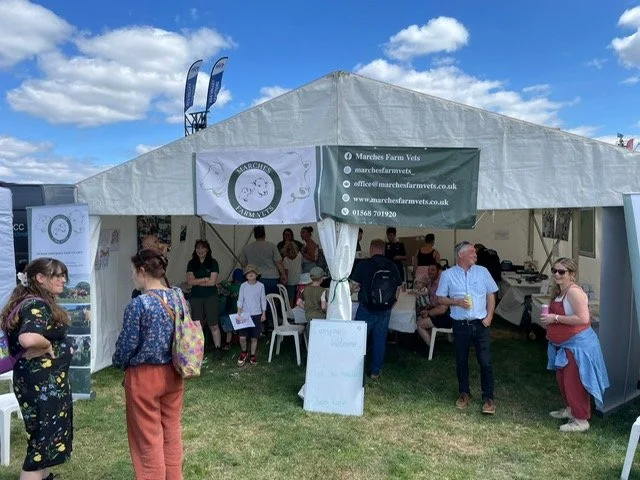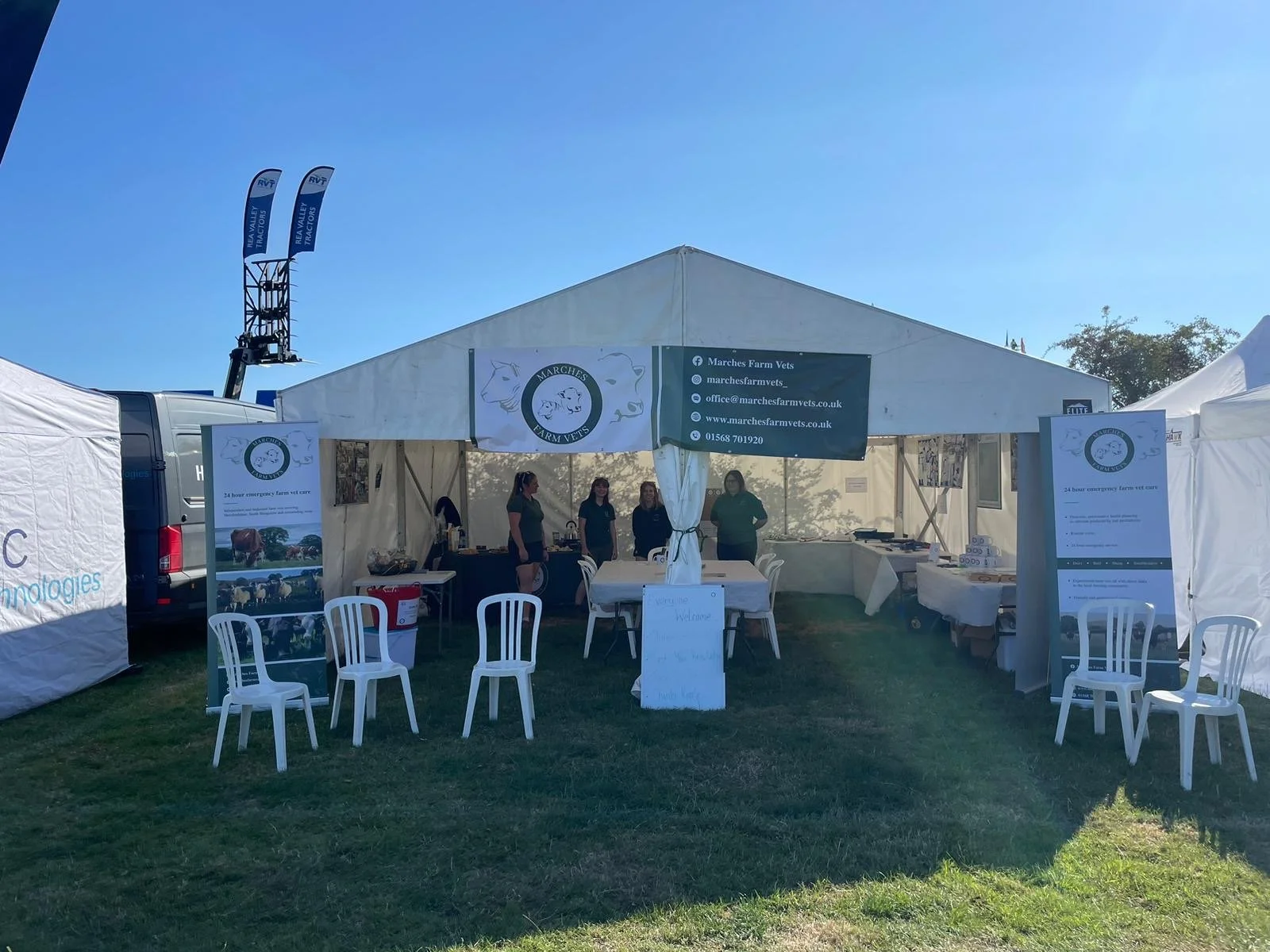August 2025
Sheep Abortion
Almost all farms have evidence of exposure to Toxoplasmosis and two thirds of farms have been exposed to enzootic abortion. These common infectious causes of abortion can cause abortion storms with up to 20% of ewe’s aborting. They also present a human health concern as the infections can be passed onto humans. If you experienced more than 2% of your ewes aborting or barren in the 2025 tupping cycle, your flock will likely have experienced an infectious abortion.
Toxoplasmosis and enzootic abortion can be prevented by a single vaccination prior to tupping. Both vaccines can be given on the same day, at separate sites at least four weeks before the tup goes out. A single vaccination will last a commercial ewe’s lifetime!
Planning is important with abortion vaccination due to the timing of vaccination, purchase of replacements and remembering that Toxovax is made to order, so must be ordered before you would like to use it – ideally give us as much notice as possible. Toxovax also has a short shelf life so you must be prepared to use it when it is ready for collection.
We currently have good supply of sheep abortion vaccines available.
Replacements that received a course of Inmeva last year will need to be given an Enzovax this year, as the Inmeva cover will not extend beyond 12 months.
Tenbury show:
We attended Tenbury Show this year on Saturday the 2nd of August. We had a great time and were happy to see lots of familiar faces!
Bluetongue now circulating in England
Since July 2025 seven new cases of BTV-3 have been confirmed in England:
One sheep in Buckinghamshire with clinical signs
One sheep in Oxfordshire with clinical signs
Two cattle in Herefordshire following a non-negative pre-movement test
One cow in Cumbria following a non-negative pre-movement test
One cow in Norfolk following a non-negative pre-movement test
One ram in Wiltshire with clinical signs
These represent the first cases of BTV-3 in England during the 2025 vector season. The risk of transmission via infected midges is now considered to be very high in England.
We encourage all to remain vigilant for the signs of bluetongue.


